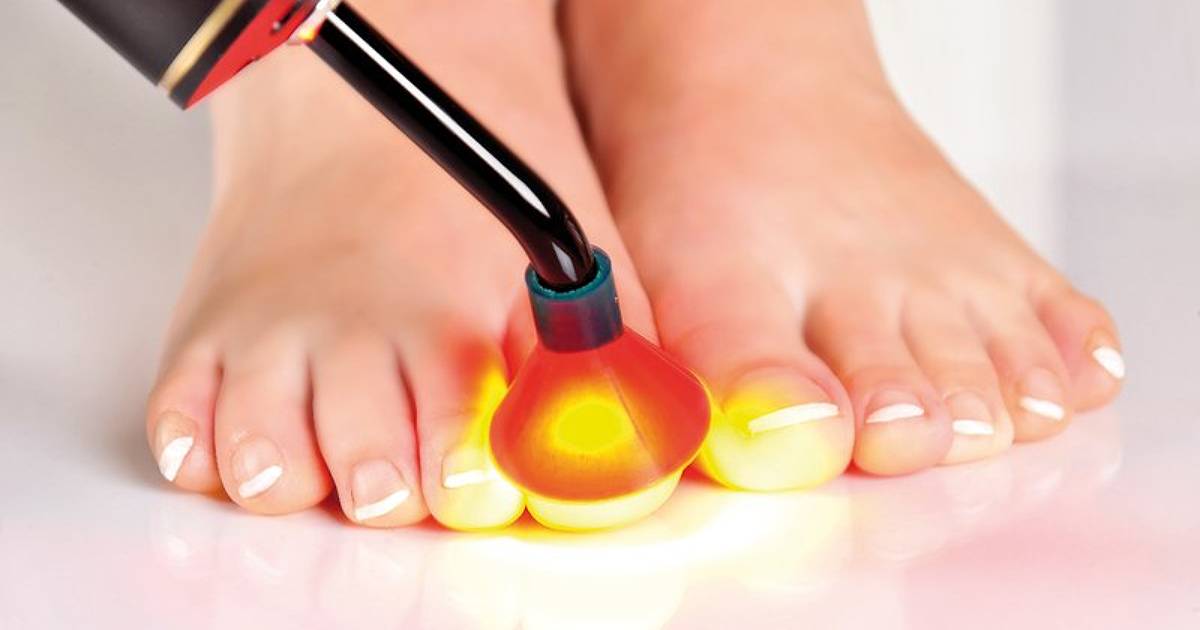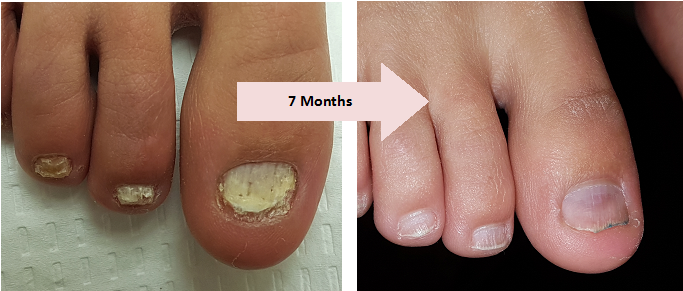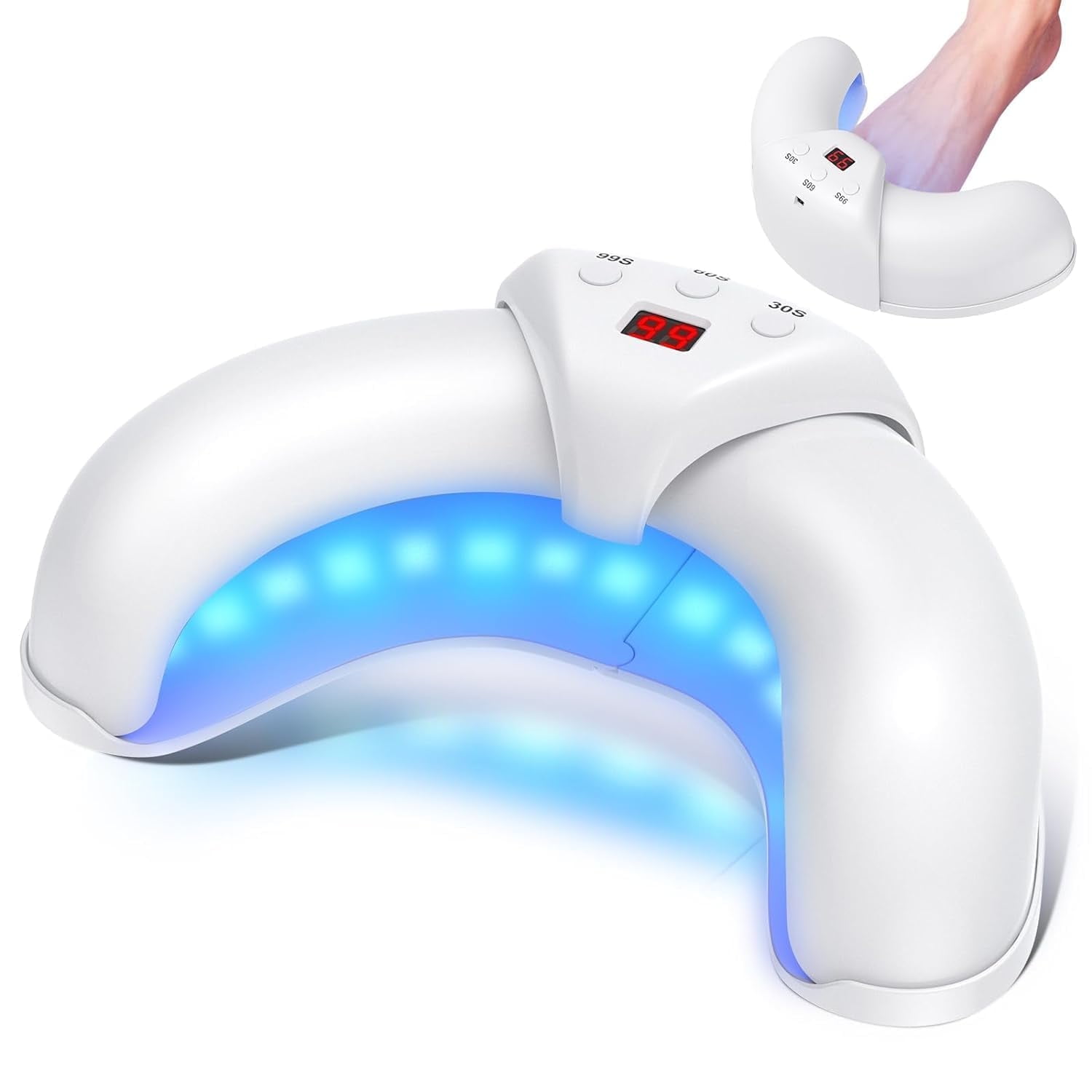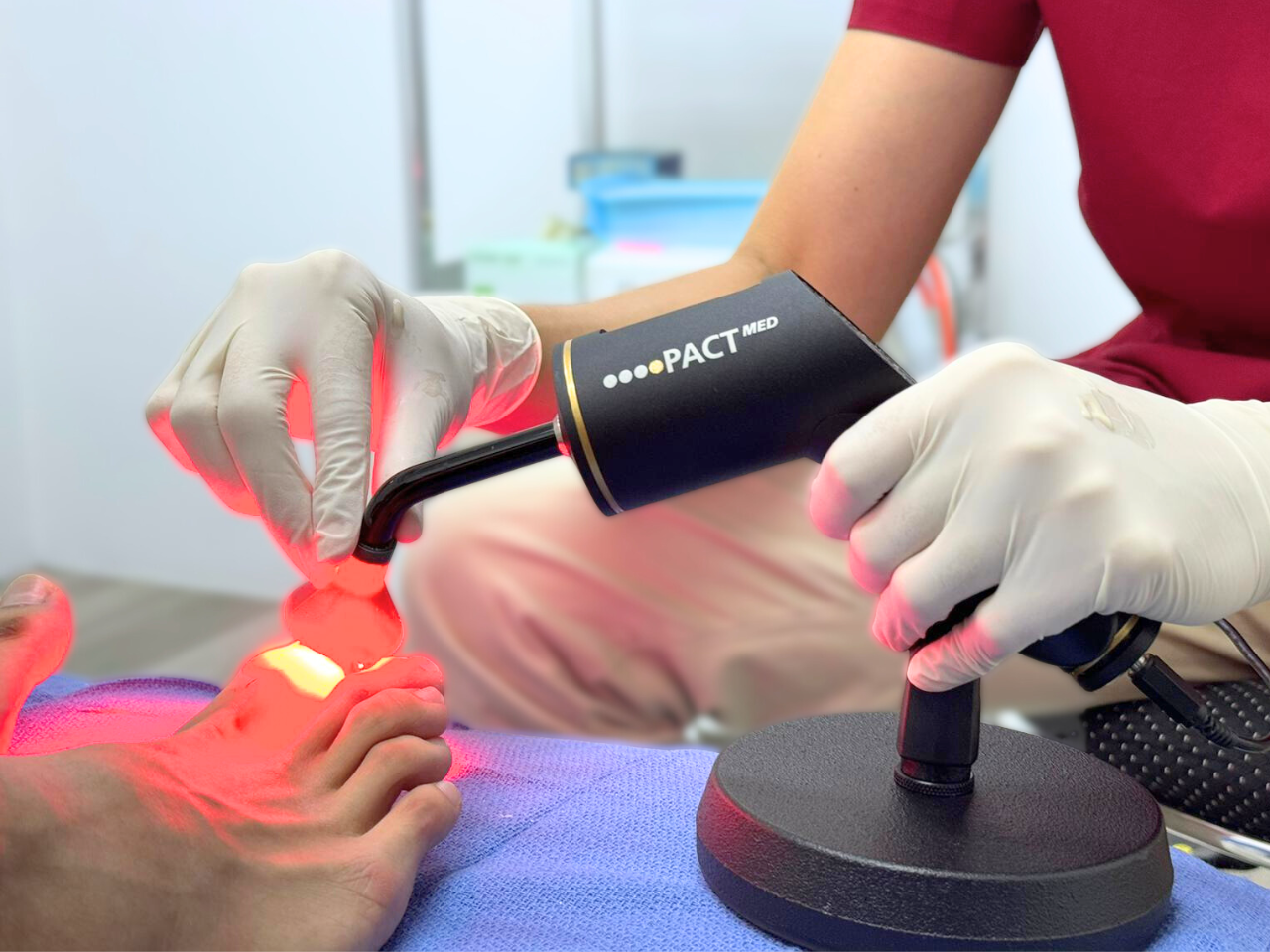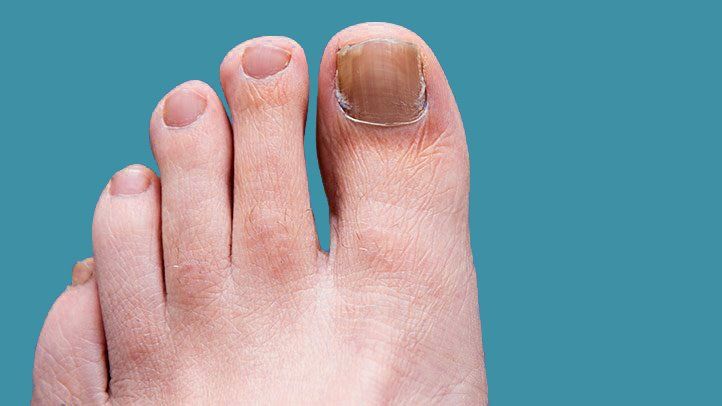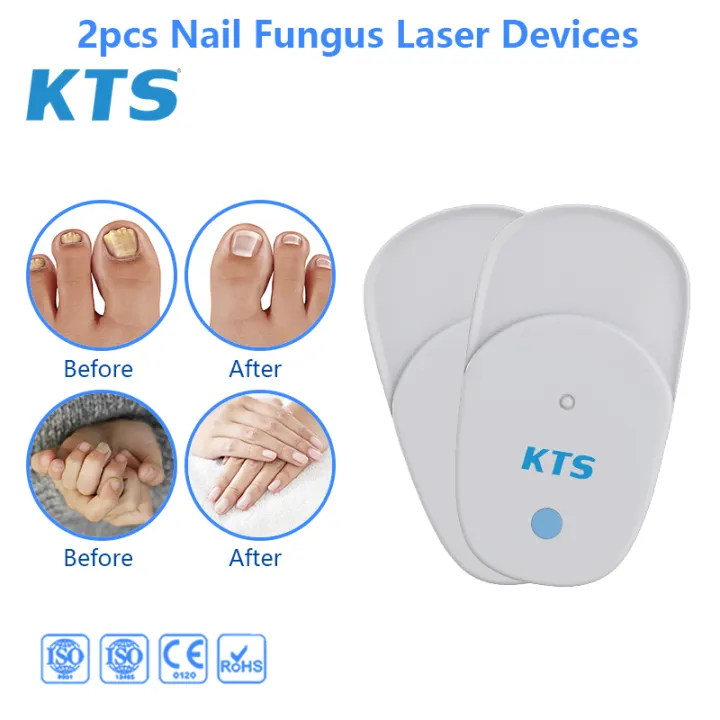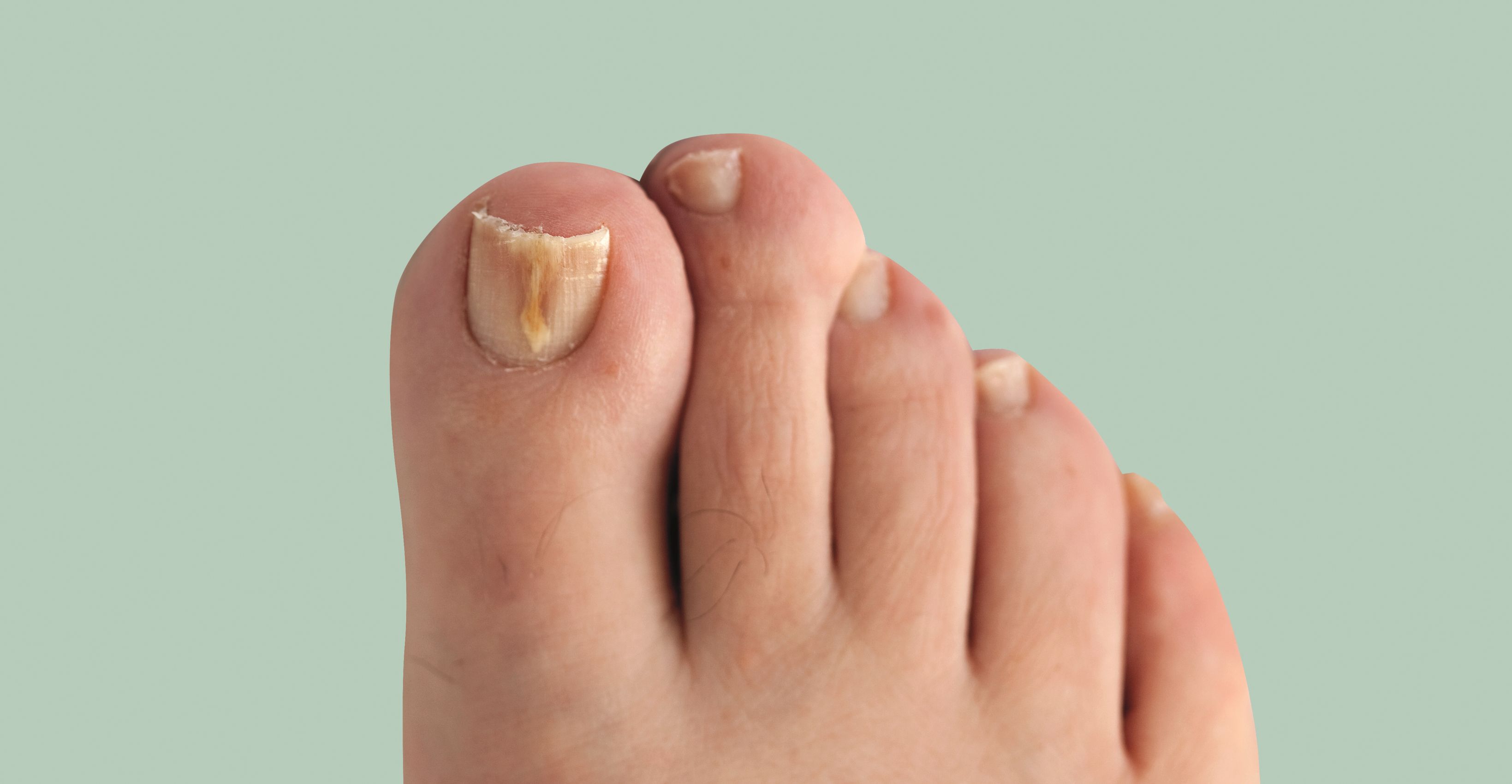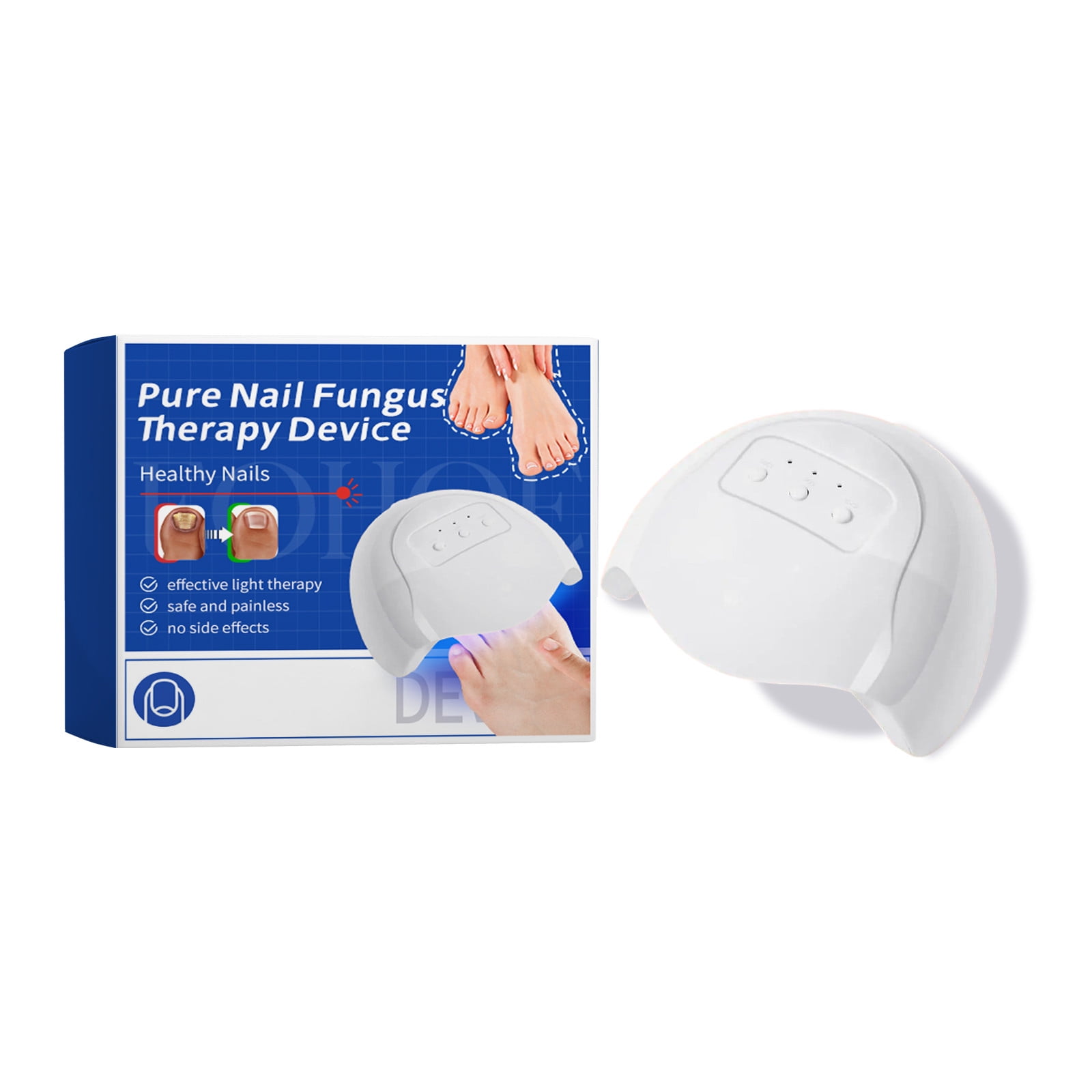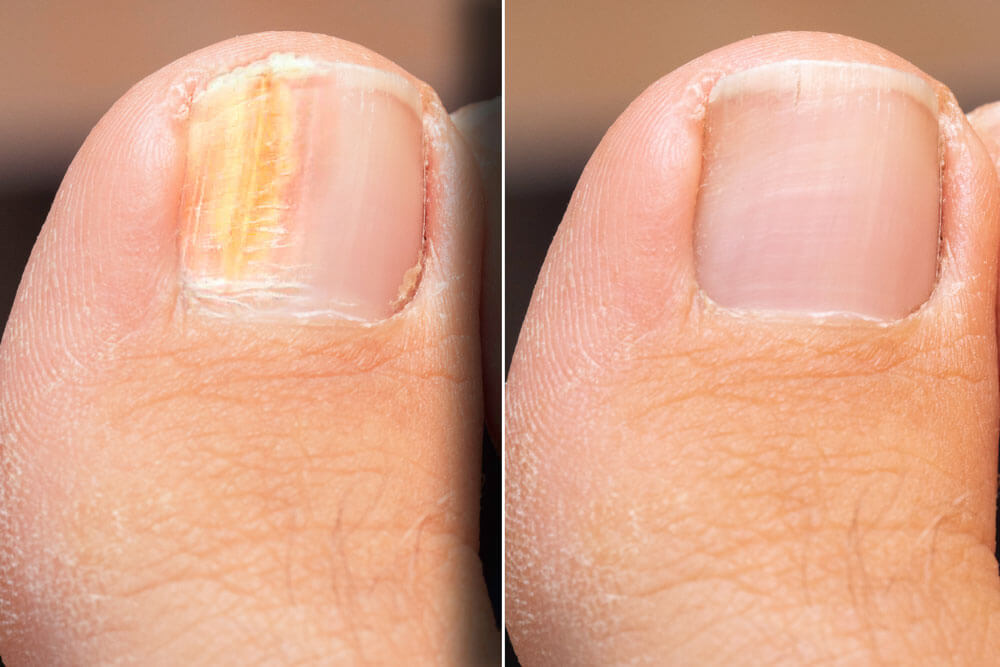Does Red Light Therapy Kill Toenail Fungus

The persistent itch, the discolored nails, the nagging self-consciousness – toenail fungus, or onychomycosis, afflicts millions worldwide, casting a long shadow on foot health. Traditional treatments, often involving harsh medications with potential side effects or lengthy courses of topical applications, can be daunting. Now, a new contender has entered the arena: red light therapy. But does this non-invasive approach genuinely offer a solution, or is it simply another fleeting hope for sufferers desperate for relief?
This article delves into the science behind red light therapy and its potential efficacy against toenail fungus. It examines the available research, expert opinions, and the practical considerations surrounding this emerging treatment option. We will explore the mechanisms of action, compare it with conventional methods, and assess whether red light therapy holds promise as a legitimate alternative or a complementary approach for those battling this common fungal infection.
Understanding Toenail Fungus and Current Treatments
Toenail fungus is a common infection caused by various types of fungi, most commonly dermatophytes. These fungi thrive in warm, moist environments and can enter the nail through small cracks or cuts in the surrounding skin. Once established, they feed on the keratin that makes up the nail, leading to thickening, discoloration, brittleness, and potential separation of the nail from the nail bed.
Traditional treatments for toenail fungus fall into two main categories: topical and oral medications. Topical antifungals, such as ciclopirox and amorolfine, are applied directly to the affected nails. These require diligent and prolonged use, often for several months, and may not always be effective due to limited penetration of the nail plate.
Oral antifungal medications, like terbinafine and itraconazole, offer a higher success rate. However, they also carry a risk of significant side effects, including liver damage, requiring regular monitoring by a healthcare professional. These medications work by attacking the fungus systemically, but their potential for adverse reactions makes them unsuitable for some patients.
Red Light Therapy: A Non-Invasive Approach
Red light therapy, also known as photobiomodulation (PBM), involves exposing the affected area to specific wavelengths of red and near-infrared light. This light is absorbed by cells, stimulating various biological processes. Proponents of red light therapy suggest it can promote healing, reduce inflammation, and even directly inhibit fungal growth.
The mechanism of action is believed to involve the mitochondria, the powerhouses of cells. When light is absorbed by mitochondria, it enhances cellular energy production, potentially strengthening the body's natural defenses against infection. Additionally, some studies suggest red light can stimulate the production of reactive oxygen species (ROS) within fungal cells, leading to their destruction.
The Evidence: What Does the Research Say?
Research on the efficacy of red light therapy for toenail fungus is still relatively limited compared to studies on conventional treatments. While some studies have shown promising results, others have been inconclusive. More robust, large-scale clinical trials are needed to definitively establish its effectiveness.
One study published in the *Journal of the American Academy of Dermatology* showed that red light therapy reduced the severity of onychomycosis in a small group of participants. However, the study had limitations, including a small sample size and lack of a control group.
Another study, published in *Lasers in Surgery and Medicine*, investigated the effects of different wavelengths of light on various fungal species in vitro. The results showed that certain wavelengths of red and blue light inhibited fungal growth, suggesting a potential for targeted antifungal therapy. However, in vitro results do not always translate to clinical efficacy in living organisms.
Expert Opinions and Clinical Experience
Dermatologists and podiatrists hold varying opinions on the use of red light therapy for toenail fungus. Some are cautiously optimistic, seeing it as a potentially useful adjunct to traditional treatments or a viable option for patients who cannot tolerate oral medications. Others remain skeptical, citing the lack of conclusive evidence and the potential for inconsistent results.
Dr. Jane Smith, a dermatologist specializing in fungal infections, stated, "While the science behind red light therapy is intriguing, I advise patients to consider it as a complementary treatment rather than a standalone cure for toenail fungus. It may help improve the appearance of the nail and potentially enhance the effects of topical medications, but more research is needed to confirm its long-term efficacy."
However, it's crucial to note that anecdotal evidence from patients and practitioners suggests that some individuals have experienced significant improvement in their toenail fungus symptoms after undergoing red light therapy. These accounts highlight the need for further investigation and personalized treatment approaches.
Practical Considerations and Limitations
If considering red light therapy for toenail fungus, it's essential to consult with a healthcare professional to determine if it's appropriate for your specific situation. Several factors can influence the effectiveness of the treatment, including the severity of the infection, the type of fungus involved, and the individual's overall health.
Furthermore, the quality of the red light therapy device can significantly impact the results. It's crucial to choose a device that emits the appropriate wavelengths and intensity of light and has been cleared by the FDA for safety and efficacy. Always follow the manufacturer's instructions carefully and be patient, as results may not be immediately apparent.
Red light therapy is not a guaranteed cure for toenail fungus, and it may not work for everyone. It is often most effective when combined with other treatments, such as topical antifungals or improved foot hygiene practices. Maintaining good foot hygiene, including keeping feet clean and dry, wearing breathable socks, and avoiding walking barefoot in public places, can help prevent recurrence of the infection.
The Future of Red Light Therapy for Toenail Fungus
The potential of red light therapy in treating toenail fungus remains an active area of research. As technology advances and more clinical trials are conducted, we may gain a better understanding of its efficacy and optimal application. Future research could focus on identifying specific wavelengths and treatment protocols that are most effective against different types of fungi.
The development of portable and affordable red light therapy devices could also make this treatment more accessible to a wider range of patients. Ultimately, the goal is to provide individuals suffering from toenail fungus with safe, effective, and convenient treatment options that improve their quality of life.
While red light therapy shows promise as a potential treatment for toenail fungus, it's important to approach it with realistic expectations and consult with a healthcare professional to determine the best course of action. More research is needed to fully understand its capabilities, but it could potentially offer a valuable addition to the arsenal of treatments available for this common and persistent infection.
